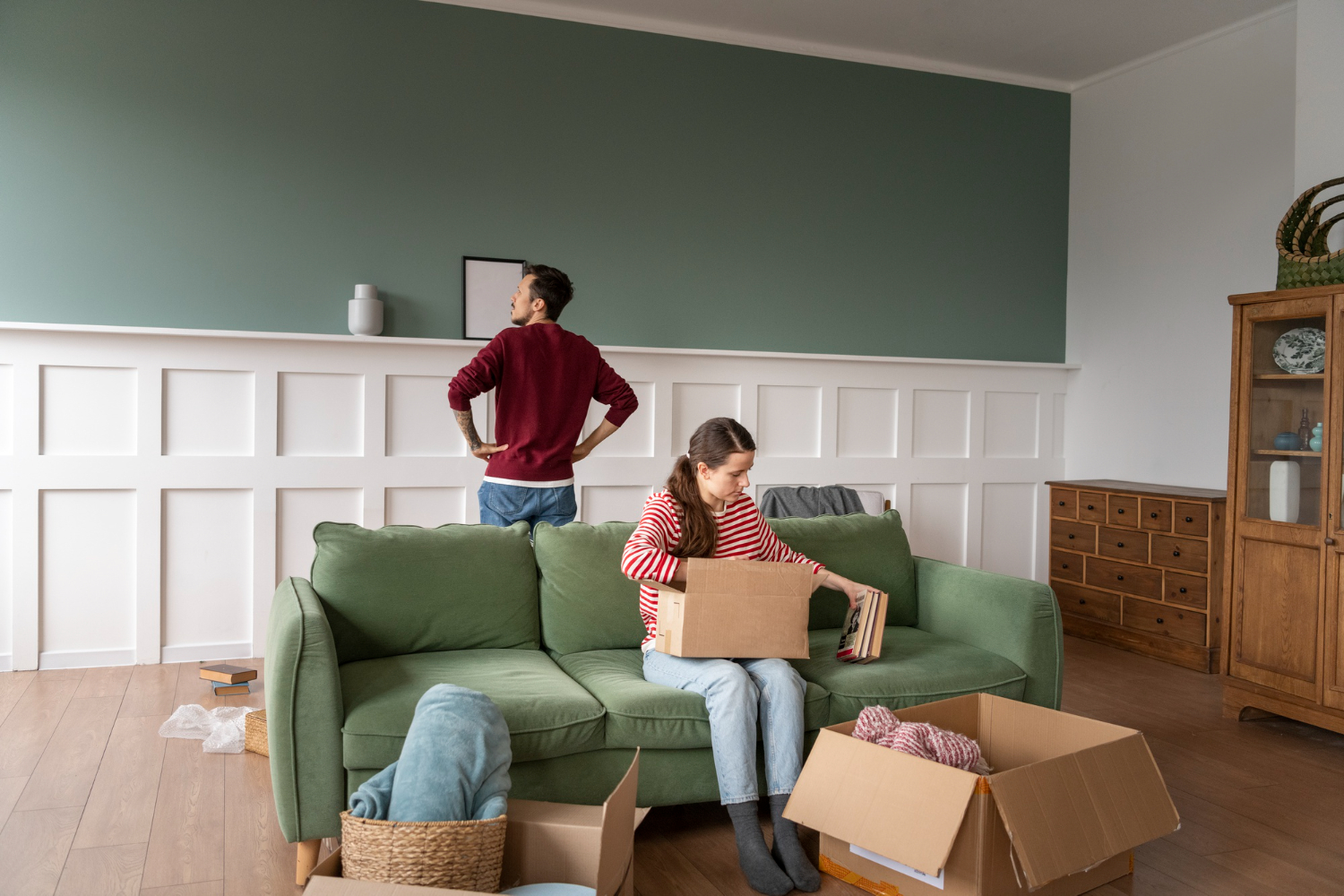Owning a home is a significant milestone, and many aspire to create a space that exudes elegance and is a reflection of their style. However, the art of decorating and designing the interiors can be a challenging endeavor. It is crucial to understand the various design trends and ideas, as some choices can make a home look cheap or poorly put together. From the wrong color schemes to mismatched furniture pieces and low-quality materials, particular choices can deter you from the desired final look.
Investing In The Right Furniture
Furniture is an important aspect you need to consider. While using matching flatpack furniture when decorating your home might seem viable, easy, and economical, it can often lend a frugal and inferior appearance to the overall aesthetic appeal. The generic designs, low-quality materials and limited durability of such mass-produced furniture deviates from the desired luxurious and comfortable feel you intend your space to exude. However, this type of furniture can still be utilized in discrete areas such as utility rooms or garages, where its appearance may have less impact on the overall aesthetic and can be used as a great storage solution.
Invest in well-crafted durable furniture pieces made from high-quality materials. Opt for timeless designs that offer longevity and class. Additionally, focus on incorporating unique and personalized elements, such as vintage or artisanal furniture, to add character and elevate the overall look of your home. Homeowners of luxury villa projects in Goa can also add versatility to their homes by selecting a different concept for furniture in every room, as long as it compliments your space. By prioritizing quality and individuality in your furniture choices, you can create a unique space that reflects your personality.
Introducing Uniformity Through Furniture
A house with disproportionate-sized furniture can lend a cheap and uncoordinated appearance. When the furniture in a room is out of scale or poorly matched, it disrupts the overall aesthetic and harmony of the space. Oversized pieces can overwhelm a room, making it feel cramped and crowded.
Alternatively, using all small-sized furniture can make a space look empty and incomplete. Make certain that the furniture used is accurately scaled to each room, avoiding pieces that are too large or too small. In addition to this, ensure a consistent style is maintained throughout the house by selecting furniture that compliments each other and aligns with the desired final look.
Furthermore, prioritize quality over quantity by investing in well-crafted pieces that will enhance the overall appearance while promising a long life. Arrange all furniture pieces in a room to promote flow while adhering to the right proportions. Avoid a cluttered look by preparing a balanced layout beforehand. Additionally, pay close attention to the finer details such as lighting, accessories, and color coordination. The right lighting can create the desired ambiance. Moreover, strategic placement of light sources, such as chandeliers, sconces, and accent lighting, can highlight architectural features, artwork, or focal points in the room. Properly illuminated spaces feel more inviting, spacious, and visually appealing.
Carefully select well-curated pieces of artwork, sculptures, decorative vases, or unique artifacts that reflect your personality and style. These premium pieces can also serve as focal points of the room or as conversation starters.
Creating A Cohesive Flooring Pattern
Flooring plays a key role in the look of your home, adding depth and dimension to it. So when different flooring patterns, colors, or materials abruptly transition, it creates a visual disconnect to the eye thereby breaking the continuity of the entire house.
To avoid this, follow a cohesive flooring plan throughout the home. Selecting materials that complement each other and align with the overall design aesthetic. Whether it is hardwood, tile, carpet, or laminate, maintaining consistency in flooring choices will enhance the perceived quality of your home’s interior.
A Room Makeover With A Rug
When deciding to add a rug to the room decor, size plays a critical role in this decision. To decorate a room with a rug successfully, pay close attention to the room’s dimensions, furniture arrangement, and the intended purpose of the space.
The rug should be large enough to anchor the furniture and create a defined area while allowing for some floor space to be visible around the edges. So, for a large living room, it is advised to ensure 12 to 18 inches of visible floor space is left between the rug and the wall. Place the front legs of the sofa or lounge chairs on the rug overlapping it by at least 12 to 18 inches to give the room a more connected look.
For open floor layouts, use a rug that offers a more excellent contrast to the flooring. This approach will not just define the space but also create a more intimate feel. Rugs in a particular color, pattern, or design can be used to introduce a pop of color into an otherwise monotonous room.
A multitude of design ideas can make a home look cheap if not executed thoughtfully. Excessive clutter, mismatched furniture, outdated fixtures, cheap-looking artwork, and poorly executed paint or wallpaper choices can cheapen the overall look of a home. To remedy this, homeowners should focus on quality, decluttering, cohesive color schemes, timeless pieces, proper lighting, and investing in well-made furniture and finishes. Attention to detail and quality can elevate the overall look and feel of a home.
















